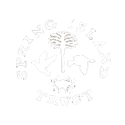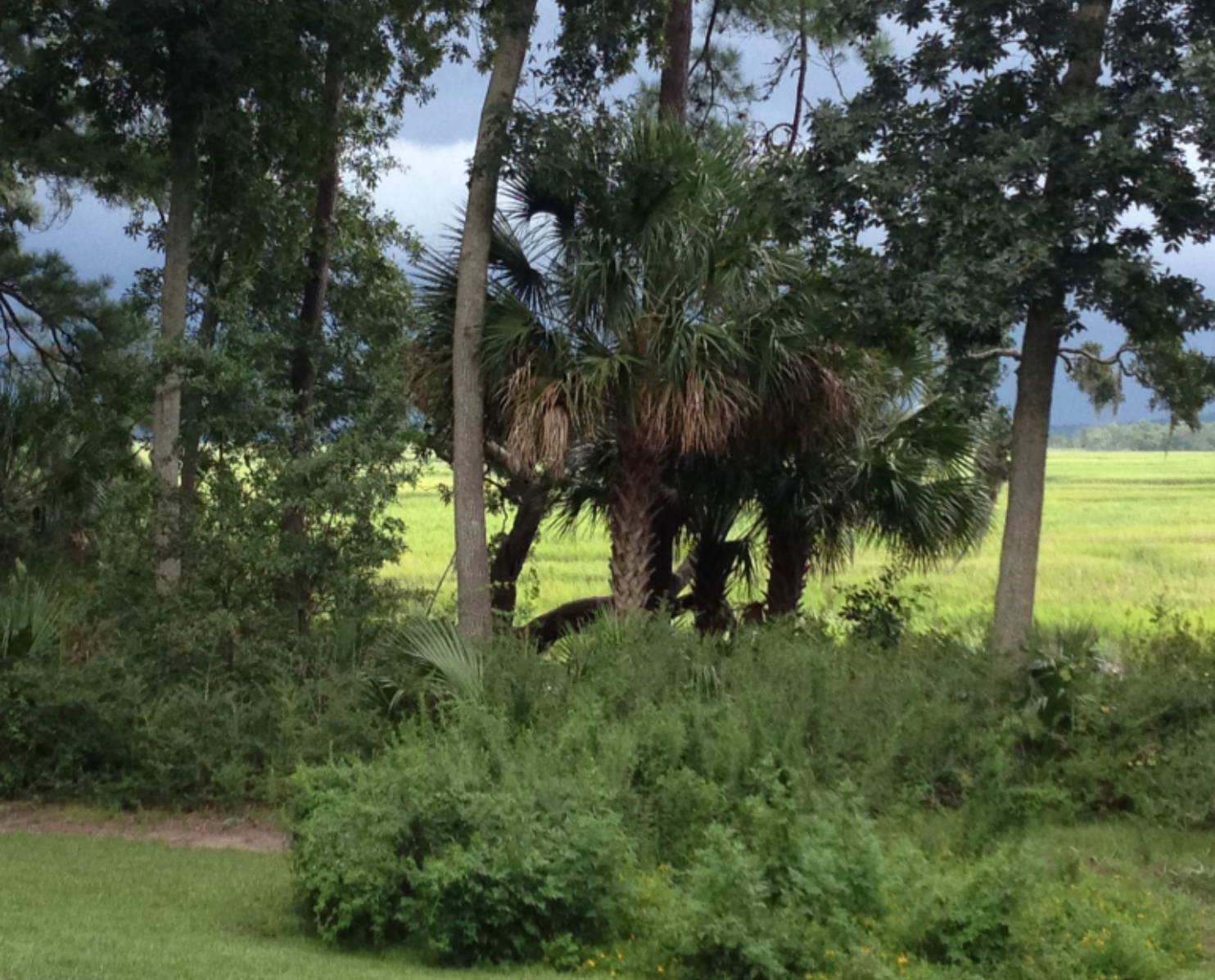Landscaping
Nature curtains
On Spring Island, the primary purpose of a “nature curtain” is to maintain the native habitat on all estate home sites, thereby keeping the site connected to the surrounding nature preserve. When native plants are used in landscaping, the home site functions as a “gap in the forest” where sunlight reaches the ground and the plants provide cover and food for wildlife. In the nature curtain, there should be a healthy tree canopy with a diverse understory of shrubs, seedlings, grasses and herbaceous plants. It should resemble the nature preserve and appear unmanaged.
As the trees, shrubs and vines in a nature curtain mature, they shade out the understory and open areas are created below the canopy. Nature curtains that no longer provide screening may require management to restore this function. The addition of plants to the nature curtain must take into consideration the surrounding habitat. New nature curtain plantings should blend with existing habitat along roadsides and property boundaries. It is best to do this work in late winter or early spring when plant recovery will be most rapid.
Wetland buffers
Wetland (riparian) buffers are vegetated areas that border bodies of water. They protect water quality from nonpoint source pollution, stabilize the bank and provide wildlife habitat. Without them runoff from heavy rains may carry silt, fertilizers and pesticides into nearby wetlands and waterways. Wetland buffers slow the movement of water, providing more time for it to be absorbed by the ground. The leaves of plants also disperse the water as rain falls. Decaying leaves and dense mats of roots in the buffers filter water during heavy rain.
Like all “edge” areas between different habitat types, wetland buffers are critical and diverse habitats, providing wildlife with plants for food and shelter. Buffers also serve as travel corridors and are used by wildlife as protection from predators. Lawns do not provide the benefits of a riparian buffer so you may need to introduce native plants to create a healthy buffer.
Wetland buffers can be challenging to maintain because of their potential to block views. Randomly spaced trees should be maintained and branches pruned selectively. Shrubs can be pruned for a natural look. Grasses and ferns should be cut back once a year in late winter or early spring to promote new growth.

Copyright © Spring Island Trust
40 Mobley Oaks Ln. · Okatie, SC 29909 · 843-987-7008
Site by Sans Sheriff Studio

